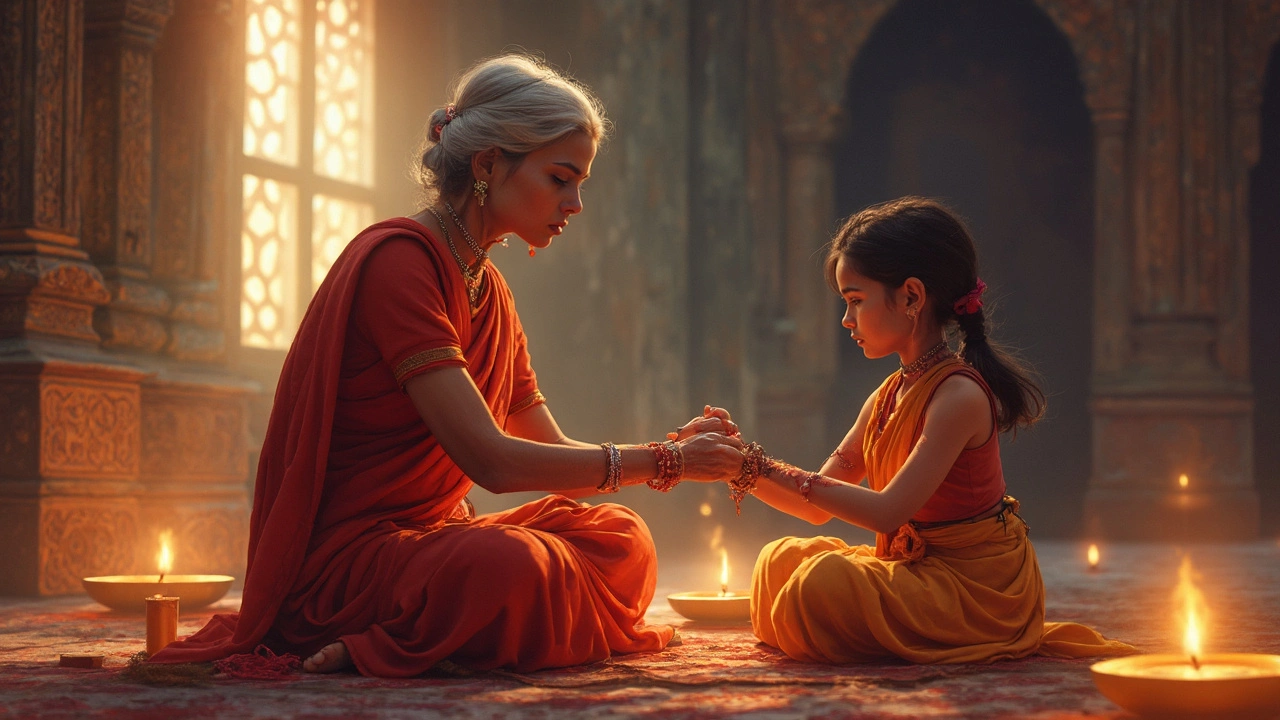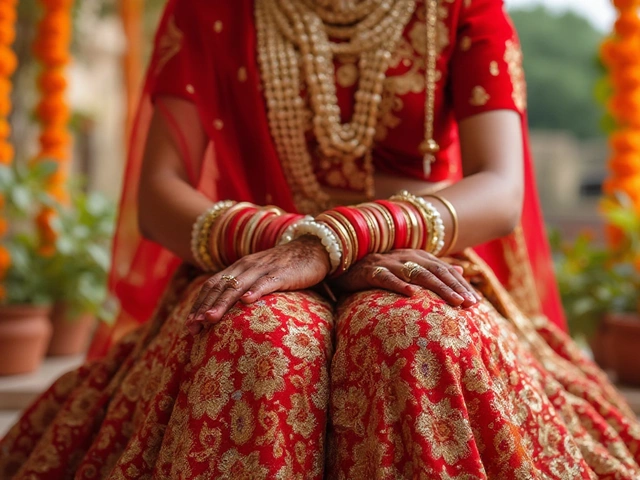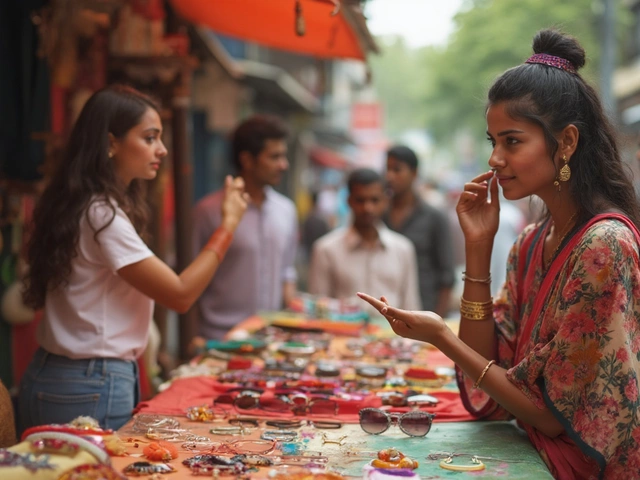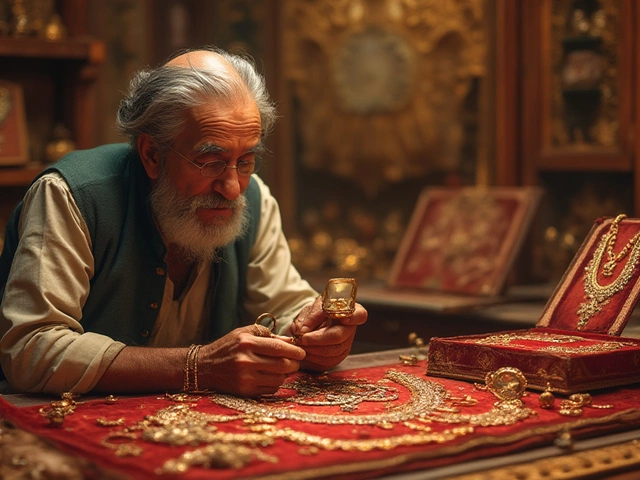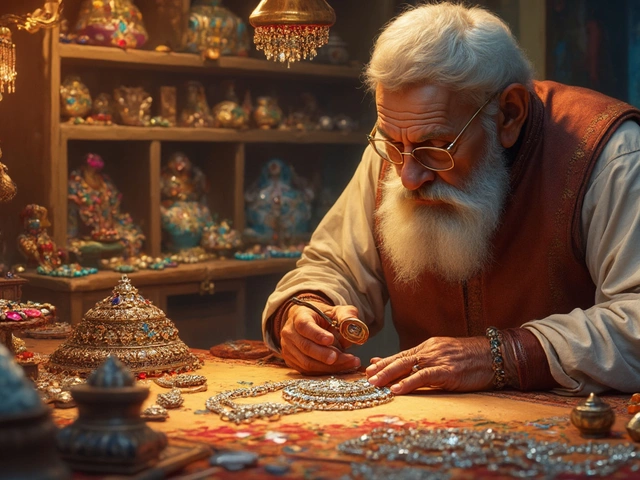Red Thread Meaning, Symbolism and Styling Tips
If you’ve ever seen a red thread tied on a wrist, ankle or in a piece of jewelry, you’ve probably wondered what it stands for. In India the red thread, often called "Kalava" or "Moli", isn’t just a pretty splash of colour – it carries a lot of cultural weight. It shows up in festivals, weddings, and even everyday fashion. Let’s break down why it matters and how you can wear it without feeling out of place.
What the Red Thread Represents
The red thread is a symbol of protection and good luck. Families tie it during ceremonies like Raksha Bandhan, where sisters tie a red thread on their brothers’ wrists to promise safety. In many Hindu rituals, the thread is tied after a prayer to keep negative vibes away. It’s also linked to the goddess Kali, whose energy is believed to ward off evil. Because of these roots, you’ll often see the thread at the start of a new venture – a business launch, a housewarming, or a bridal ceremony.
Beyond protection, the red thread signals a bond. The colour red itself means love, power and warmth in Indian culture. When two people tie the thread together, it’s a visual promise that they’ll look out for each other. That’s why you’ll find it in friendship bracelets and couple accessories. The thread can be plain, or it might have tiny gold beads, tiny charms, or even a small pendant for an extra touch.
Wearing the Red Thread Today
Modern fashion loves the red thread because it’s easy to style. You can wear it as a simple wristband – just wrap it a couple of times and tie a neat knot. For a more polished look, add a tiny silver or gold bead at the knot. If you’re into earrings, look for studs with a tiny red thread dangling – they add a pop of colour without shouting.
When you pair the thread with outfits, match it with colours that complement red. White, black, gold and even indigo make the thread stand out. You don’t need a matching outfit; the thread works as an accent on its own. If you’re dressing up for a wedding, a thin red thread woven into a mangalsutra or a delicate anklet can give the traditional feel while staying subtle.
Care for your red thread like you would any jewellery. Keep it away from harsh chemicals and remove it before heavy workouts. If it gets frayed, a quick knot can tighten it up again. Some people replace the thread every few months to keep the energy fresh – that’s a personal choice.
Curious about how the red thread fits into other jewellery trends? Check out RH Jewellers’ collection – you’ll find pieces that incorporate the thread in necklaces, bangles and even pendant designs. Mixing the thread with gold or silver pieces adds a cultural twist to a modern look.
In short, the red thread is more than a decorative string. It’s a protective charm, a sign of love, and a versatile style element. Whether you’re tying it for a ritual or wearing it as a fashion statement, the thread brings a bit of tradition into everyday life. So next time you see a splash of red on a wrist or a piece of jewellery, you’ll know the story behind it and how to make it work for you.
When to Remove Your Red Thread Bracelet
Red thread bracelets aren't just a trend; they are deeply rooted in various cultural and spiritual traditions. While they are worn for protection, luck, or connection to specific rites, knowing when and how to remove them is key. The timing can depend on the specific tradition you're following, be it Hindu, Kabbalistic, or even personal belief. Understanding the significance and proper timing of removal can enhance the experience.
